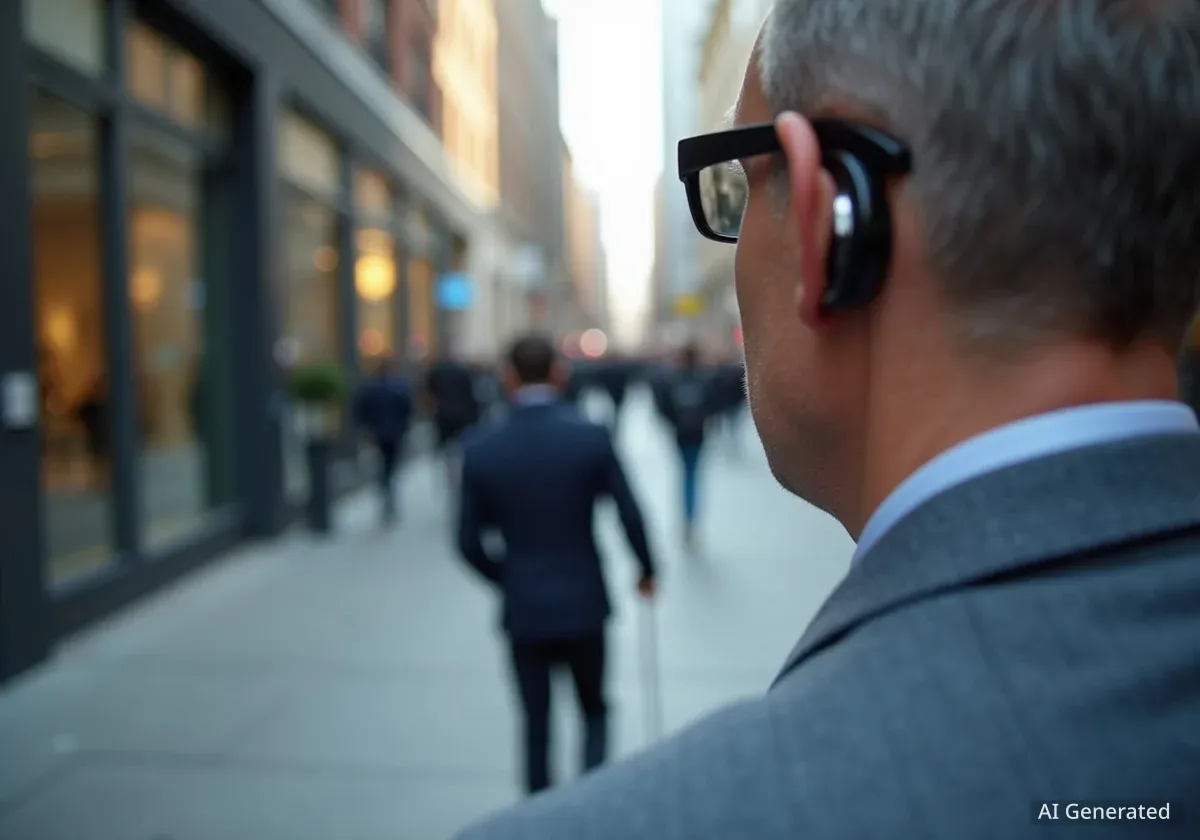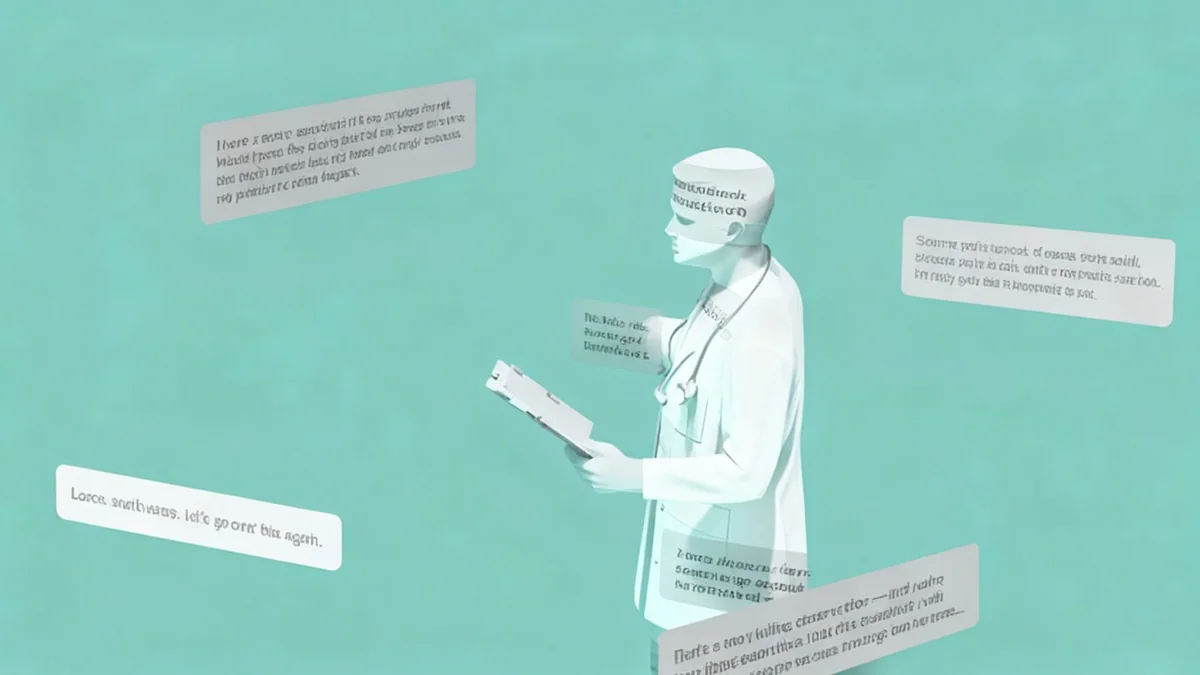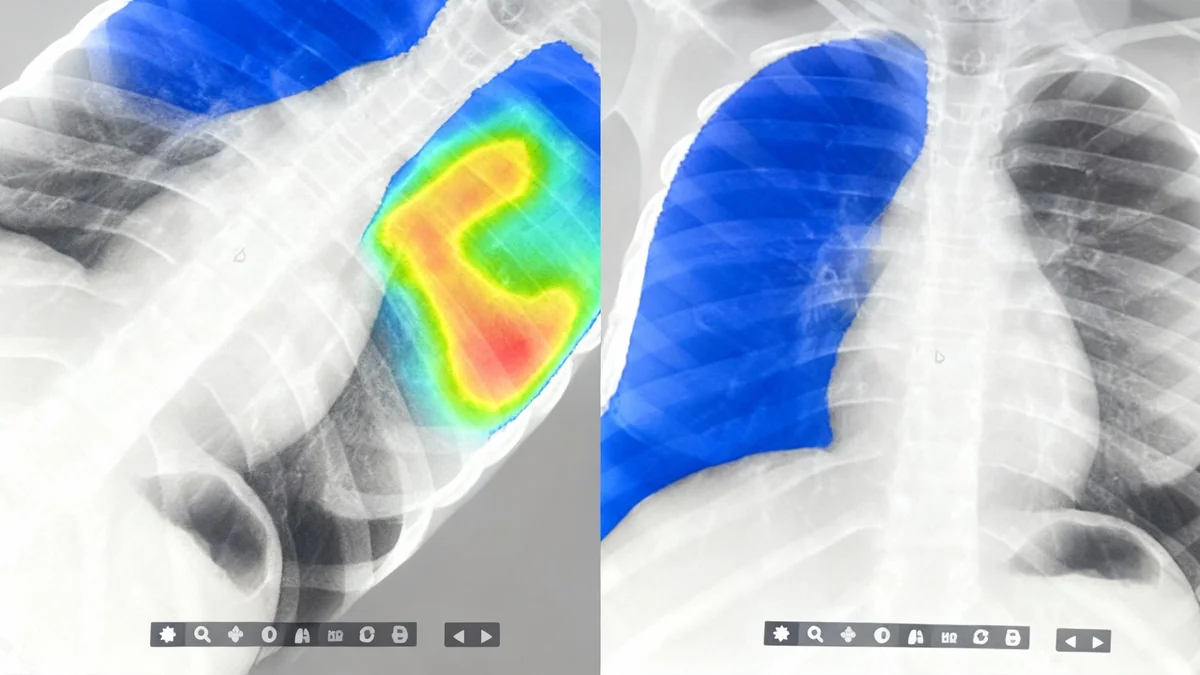An innovator in Hong Kong has developed a new wearable device powered by artificial intelligence, designed to help visually impaired individuals navigate their surroundings more easily. The device, created by Lamia Sreya Rahman and her start-up Seekr, prioritizes a discreet and dignified user experience, moving away from the bulky assistive technologies currently available.
Rahman's work has earned her recognition as a finalist in the Spirit of Hong Kong Awards. Her motivation for the project stems from personal connections, including her father and neighbors who have visual impairments.
Key Takeaways
- A new AI-powered wearable called Seekr provides real-time descriptions of surroundings for visually impaired users.
- The device was designed by Lamia Sreya Rahman to be discreet and avoid the stigma of bulky assistive technology.
- It features a 154-degree field of view and can identify obstacles with 95% accuracy within three seconds.
- The design focuses on user dignity, clipping onto clothing like a small body camera rather than using heavy glasses or headsets.
Addressing a Need for Dignity in Tech
For many visually impaired individuals, currently available assistive devices can feel cumbersome and draw unwanted attention. Lamia Sreya Rahman, co-founder of the AI start-up Seekr, identified this as a significant barrier to adoption during her research.
Before designing the product, Rahman consulted directly with members of the visually impaired community. Their feedback was a crucial part of the development process.
"I spoke to people with visual impairment, and they told me clearly they dislike carrying around or wearing bulky devices that make them feel stigmatised," Rahman explained.
This insight became the guiding principle for her team. The goal was not just to create functional technology, but to create a tool that users would feel comfortable and confident using in their daily lives. The focus shifted from pure technological capability to a more human-centric approach that respects the user's desire for normalcy.
The Challenge with Existing Assistive Devices
Many assistive technologies for the visually impaired, while innovative, often involve large headsets, conspicuous smart glasses, or canes with complex electronic attachments. While effective, these designs can make users feel self-conscious, potentially discouraging consistent use and limiting their independence rather than enhancing it.
Innovative Design for Everyday Use
The Seekr device is a compact, wearable bodycam. Its design is intentionally simple and unobtrusive. It can be clipped onto the user's chest or clothing, much like a small action camera such as a GoPro.
This form factor was chosen to directly counter the feedback about bulky and awkward equipment. The team avoided designs that involved heavy glasses or uncomfortable headsets, which are common in the assistive tech space.
Finding the Right Balance
The physical design required careful consideration of weight and feel. The device needed to be light enough for a person to wear all day without discomfort, yet substantial enough that they could be confident it was securely attached and had not fallen off.
"We wanted it to be light enough for daily use, but solid enough that users know it hasn’t fallen. It had to feel normal, like something anyone would carry," Rahman said.
This balance ensures practicality. A user can attach the device in the morning and largely forget it is there, allowing them to focus on the information it provides rather than the hardware itself. This integration into a daily routine is key to making the technology a natural extension of the user's senses.
The Technology Behind Seekr
At its core, Seekr uses a combination of a wide-angle camera and advanced artificial intelligence to interpret the world for the user. The device processes visual information and translates it into audible descriptions, delivered in real time.
The system is designed for speed and accuracy, two critical factors for safe navigation. According to the company, the device can identify potential obstacles and important objects in the user's path in under three seconds.
Seekr Device Specifications
- Field of View: 154 degrees, providing a wide perspective of the user's surroundings.
- Response Time: Identifies objects and obstacles in less than 3 seconds.
- Accuracy Rate: Operates with a reported 95% accuracy in identifying objects.
This rapid processing allows a user to receive timely warnings about things like curbs, poles, furniture, or other people. The 95% accuracy rate is essential for building trust in the device, ensuring that the information provided is reliable for making navigational decisions.
The wide 154-degree field of view is another important feature. It captures more of the peripheral environment than the human eye, giving the AI a broader context to analyze. This helps it detect potential hazards that might be approaching from the side, offering a more comprehensive sense of awareness.
Personal Motivation and Broader Impact
The creation of Seekr was deeply influenced by Rahman’s personal experiences. Seeing the challenges faced by her own father and neighbors with visual impairments provided the initial inspiration for the project. This personal connection has fueled her commitment to creating a solution that is not only technologically sound but also empathetic to the user's emotional and social needs.
The recognition as a finalist for the Spirit of Hong Kong Awards highlights the social value of her innovation. It acknowledges the project's potential to significantly improve the quality of life for a community that is often underserved by mainstream technology.
By focusing on dignity, Seekr represents a step forward in the philosophy of assistive technology. It suggests a future where such devices are not seen as markers of a disability, but as discreet tools that empower individuals to engage with the world on their own terms, with greater freedom and confidence.





